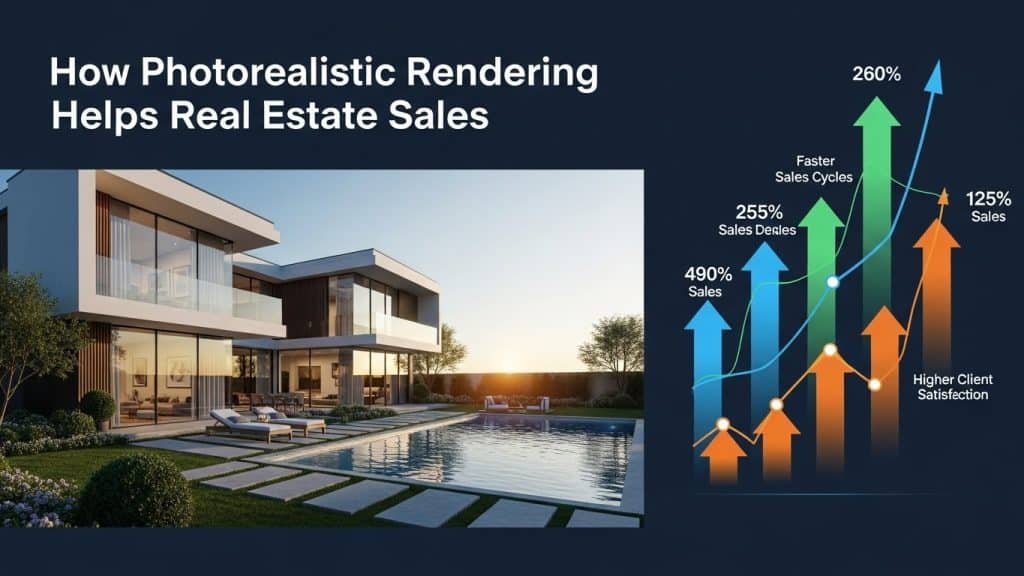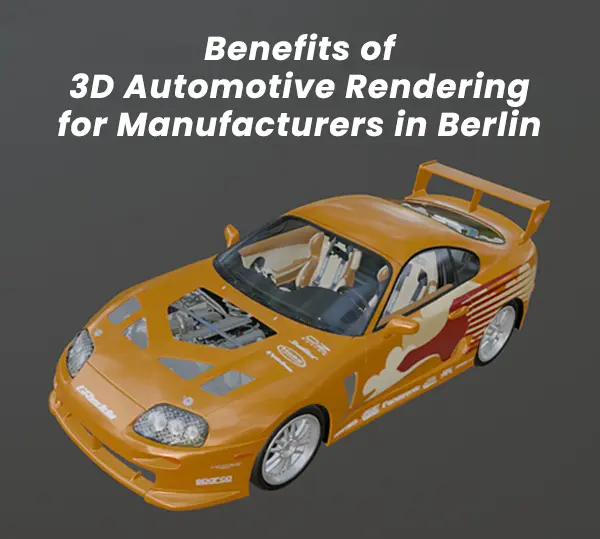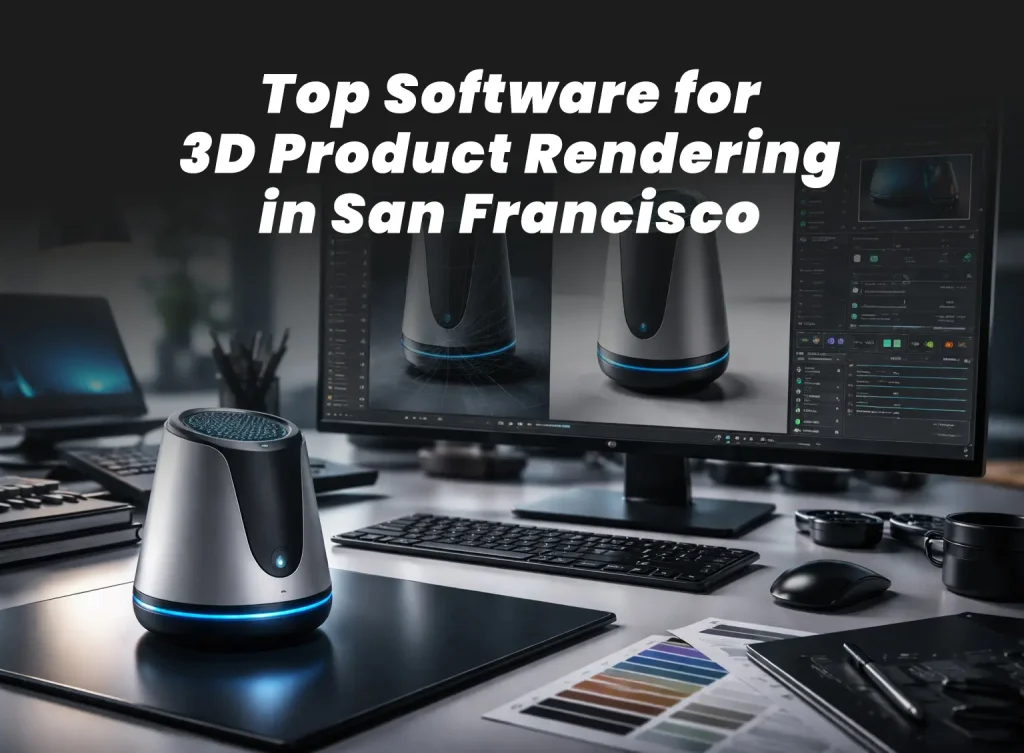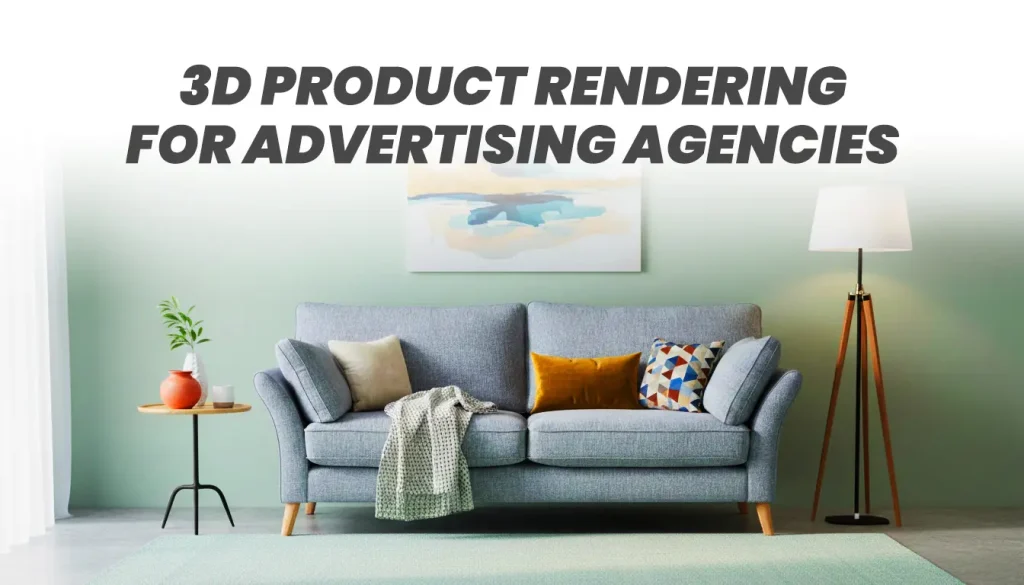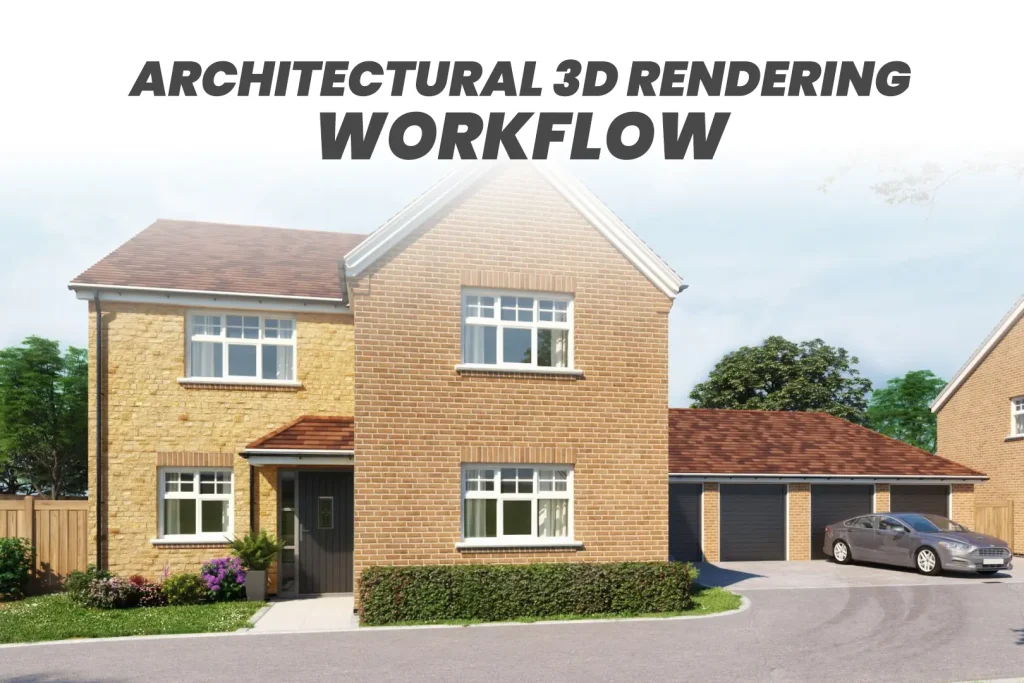Why Choosing the Right File Formats for 3D Architectural Modeling Matters
In 3D architectural modeling, the right file format can be the difference between a smooth project and a frustrating mess. Whether you’re transferring models between teams, preparing renders, or publishing for VR/AR experiences, the format you use affects:
- Compatibility
- Model quality
- Project size
- Render results
At 4dviz Studio, we regularly work with multiple formats depending on project needs, software workflows, and client deliverables. This post breaks down the most commonly used file types and helps you decide which format fits your next project.
Top 6 File Formats for 3D Architectural Modeling: A Quick Comparison
| Format | Full Name | Best For | Editable? | Typical Use |
| FBX | Filmbox | Animation, compatibility, game engines | Yes | Revit → 3ds Max, Blender, Unity |
| OBJ | Object File | Simple 3D geometry & UV maps | Partially | Exports from SketchUp, Rhino |
| SKP | SketchUp File | Conceptual design, drafts | Yes | Architects using SketchUp |
| MAX | 3ds Max Scene File | Full scene data in 3ds Max | Yes (only in 3ds Max) | Rendering, photorealism |
| BLEND | Blender Project | Open-source scenes | Yes (only in Blender) | Indie/animation projects |
| GLB/GLTF | GL Transmission Format | Real-time viewing, web/AR | No | Clients, presentations, AR use |
1. FBX – The Most Versatile 3D Format
Strengths:
- Cross-platform compatibility (used in Revit, 3ds Max, Maya, Unity, Unreal)
- Supports animations, cameras, lights, and textures
- Widely used for architectural model transfer
Limitations:
- File size can be large
- Sometimes materials need tweaking after import
How We Use It at 4dviz Studio:
We often receive Revit or Rhino files exported as FBX and then bring them into 3ds Max or Blender for cleanup and final rendering. This format maintains hierarchy and transforms well for detailed architectural work.
2. OBJ – Simple, Clean, and Universal
Strengths:
- Very lightweight
- Easy to share and open in almost all 3D apps
- Supports UV maps and normals
Limitations:
- No animation, cameras, or scene data
- Doesn’t include light sources or advanced materials
Use Case: Best for simple geometries or furniture elements. If a client sends us OBJ files, we use them for individual assets, not full architectural scenes.
3. SKP – Ideal for Architectural Concept Design
Strengths:
- Fast and lightweight
- Intuitive interface with massive library (3D Warehouse)
- Easily editable in SketchUp
Limitations:
- Not ideal for high-quality rendering without plugins
- Geometry can get messy during export
Studio Workflow:
Many architects send us SKP files. We convert them to FBX or import into 3ds Max for enhanced detailing and rendering using V-Ray or Corona. SketchUp is great for early-stage modeling, but not ideal for final visuals.
4. MAX – The Studio Standard for High-End Renders
Strengths:
- Supports full scene details: lights, cameras, materials, animations
- Works seamlessly with V-Ray and Corona
- Perfect for photorealism
Limitations:
- Can only be opened in 3ds Max
- Not ideal for sharing outside of design/visualization teams
At 4dviz Studio, MAX is our go-to format for final renders. It allows deep control over materials, lighting setups, environment maps, and more. Most of our portfolio projects are built in .MAX format.
5. BLEND – Blender’s Native Format for Open Source Flexibility
Strengths:
- Free and open-source
- Supports scripting and real-time rendering (Eevee)
- Good for stylized or animated scenes
Limitations:
- Less standardized in architecture
- Not all renderers or firms use Blender workflows
Reality Check: We don’t typically work in Blender at 4dviz Studio—but some freelancers and animation studios do. It’s a powerful tool but less common in professional 3d architectural modeling.
6. GLB / GLTF – The Future of Real-Time and AR Presentations
Strengths:
- Lightweight and optimized for web/VR/AR
- Ideal for client presentations and interactive viewing
- Can be embedded in websites or emails
Limitations:
- Not meant for editing or high-end rendering
- Limited material capabilities
Client Application: For projects involving virtual tours, web-based configurators, or augmented reality, we export from 3ds Max or Blender to GLB. It’s perfect for tech-savvy real estate presentations.
Case Study: Choosing the Right File Format for an Urban Real Estate Project
Client: High-end real estate agency
Project: Mixed-use commercial and residential tower
Challenge: Architect used Revit; client needed both detailed visuals and lightweight interactive previews.
Our Approach:
- Received Revit → Exported to FBX
- Imported to 3ds Max for geometry cleanup and lighting
- Rendered final visuals in .MAX using V-Ray
- Exported a GLB version for web use (360° tour)
Result: Client used the visuals across ads, investor decks, and their interactive website. Fast approvals and quicker presales followed.

Choosing the Best File Formats for 3D Architectural Modeling Projects
Each format serves a different stage of the architectural workflow. Here’s a final guide:
| Format | Best Use Case |
| FBX | Transferring scenes between software (Revit to Max/Blender) |
| OBJ | Simple geometry and assets |
| SKP | Early modeling, client drafts |
| MAX | Final rendering and visualization |
| BLEND | Animation-heavy or open-source projects |
| GLB | Real-time presentation, AR, web-based experiences |
At 4dviz Studio, we work with multiple formats—but always optimize for quality, compatibility, and delivery speed. If you’re unsure what to use, we’ll guide you based on your goal—whether it’s client approval, portfolio showcases, or marketing visuals.
Need Help Converting or Visualizing Your Files?
Let us handle the tech. From raw models to photorealistic renders or AR-ready files, we’ll choose the right format, workflow, and tools for your specific project.
Contact 4dviz Studio today for a free consultation or file check!


